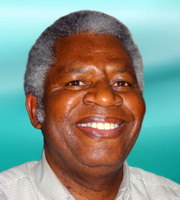
You may remember the article “Gratitude as a coping mechanism”. In this article, we discussed how being more grateful helps build up positive emotions and cope with life’s stress and setbacks. Most importantly, it helps build a positive relationship with yourself and others. No-one enjoys an ungrateful friend. And on a personal level, not being able to be grateful and recognize what a wonderful life most of us have, is a direct road to leading a life full of frustration and letting the good stuff pass you by.
Being grateful can also be a way of mindfulness, of becoming more aware of yourself, your life, your relationships and the world around you. And of really beginning to understand what matters to you, what you’re truly grateful for.
Just a simple example: imagine you fall seriously ill. And your spouse takes care of you with all the love he/she can provide. Yet, you return that love by being ungrateful, grumpy and demanding more and more. How long do you think it will take until he/she can endure the demanding task of taking care of you? My grandmother always said: “Love is repaid with love.” If you’re a grateful person, you will return all that love with love and your relationship will only go stronger.
An easy exercise to start with
This exercise is described in Dr. Martin Seligman’s book Authentic Happiness and has been tested on his graduate students successfully. All you have to do, for a week, at the end of each day is write a list of all the things, people, events and experiences you’re grateful for in your life (past, present and future).
At first, if you’re still new at this whole being grateful thing, you will probably not have many items on your list. But try to think about it and you’ll see that everyday you’ll have something to add to your list you find yourself grateful for in your life. At the end of the week, how many items do you have?

















